Yonghua Wang
Hybrid RAG-empowered Multi-modal LLM for Secure Healthcare Data Management: A Diffusion-based Contract Theory Approach
Jul 01, 2024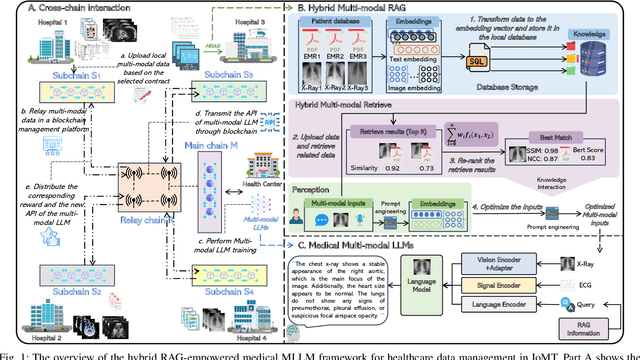
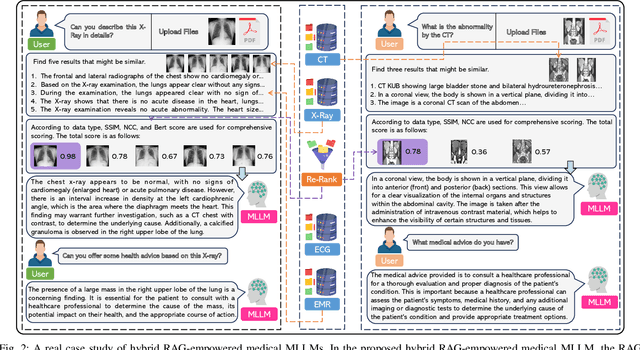
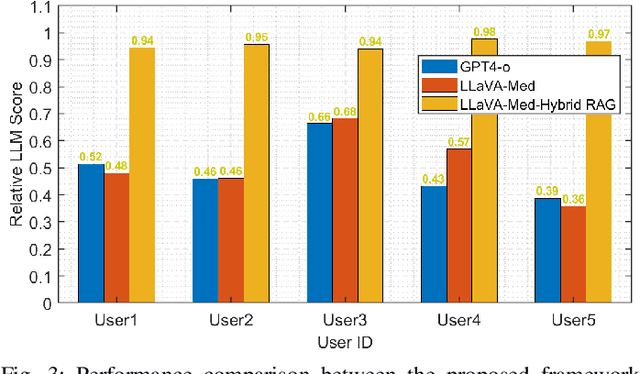
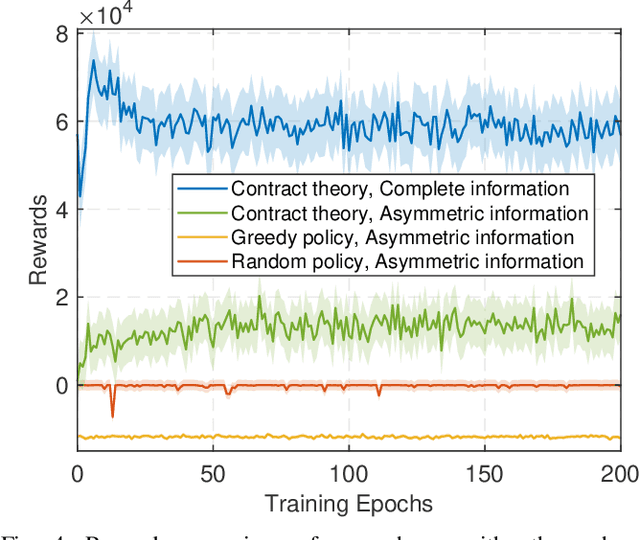
Abstract:Secure data management and effective data sharing have become paramount in the rapidly evolving healthcare landscape. The advancement of generative artificial intelligence has positioned Multi-modal Large Language Models (MLLMs) as crucial tools for managing healthcare data. MLLMs can support multi-modal inputs and generate diverse types of content by leveraging large-scale training on vast amounts of multi-modal data. However, critical challenges persist in developing medical MLLMs, including healthcare data security and freshness issues, affecting the output quality of MLLMs. In this paper, we propose a hybrid Retrieval-Augmented Generation (RAG)-empowered medical MLLMs framework for healthcare data management. This framework leverages a hierarchical cross-chain architecture to facilitate secure data training. Moreover, it enhances the output quality of MLLMs through hybrid RAG, which employs multi-modal metrics to filter various unimodal RAG results and incorporates these retrieval results as additional inputs to MLLMs. Additionally, we employ age of information to indirectly evaluate the data freshness impact of MLLMs and utilize contract theory to incentivize healthcare data holders to share fresh data, mitigating information asymmetry in data sharing. Finally, we utilize a generative diffusion model-based reinforcement learning algorithm to identify the optimal contract for efficient data sharing. Numerical results demonstrate the effectiveness of the proposed schemes, which achieve secure and efficient healthcare data management.
Blockchain-based Pseudonym Management for Vehicle Twin Migrations in Vehicular Edge Metaverse
Mar 22, 2024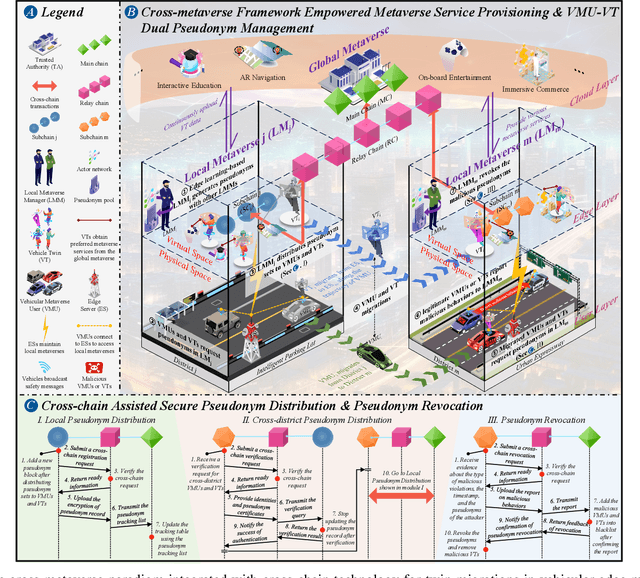
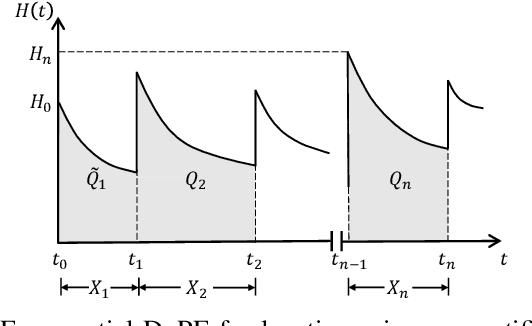
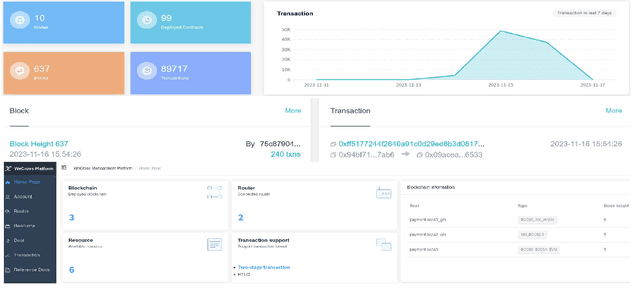
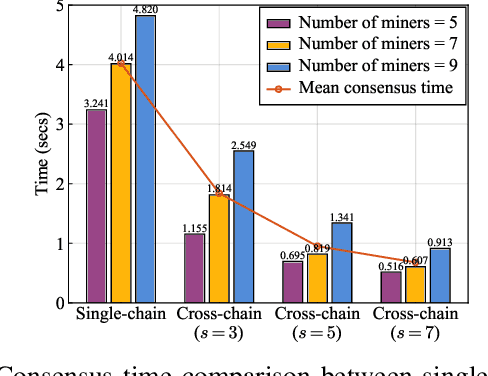
Abstract:Driven by the great advances in metaverse and edge computing technologies, vehicular edge metaverses are expected to disrupt the current paradigm of intelligent transportation systems. As highly computerized avatars of Vehicular Metaverse Users (VMUs), the Vehicle Twins (VTs) deployed in edge servers can provide valuable metaverse services to improve driving safety and on-board satisfaction for their VMUs throughout journeys. To maintain uninterrupted metaverse experiences, VTs must be migrated among edge servers following the movements of vehicles. This can raise concerns about privacy breaches during the dynamic communications among vehicular edge metaverses. To address these concerns and safeguard location privacy, pseudonyms as temporary identifiers can be leveraged by both VMUs and VTs to realize anonymous communications in the physical space and virtual spaces. However, existing pseudonym management methods fall short in meeting the extensive pseudonym demands in vehicular edge metaverses, thus dramatically diminishing the performance of privacy preservation. To this end, we present a cross-metaverse empowered dual pseudonym management framework. We utilize cross-chain technology to enhance management efficiency and data security for pseudonyms. Furthermore, we propose a metric to assess the privacy level and employ a Multi-Agent Deep Reinforcement Learning (MADRL) approach to obtain an optimal pseudonym generating strategy. Numerical results demonstrate that our proposed schemes are high-efficiency and cost-effective, showcasing their promising applications in vehicular edge metaverses.
A Video Coding Method Based on Neural Network for CLIC2024
Jan 08, 2024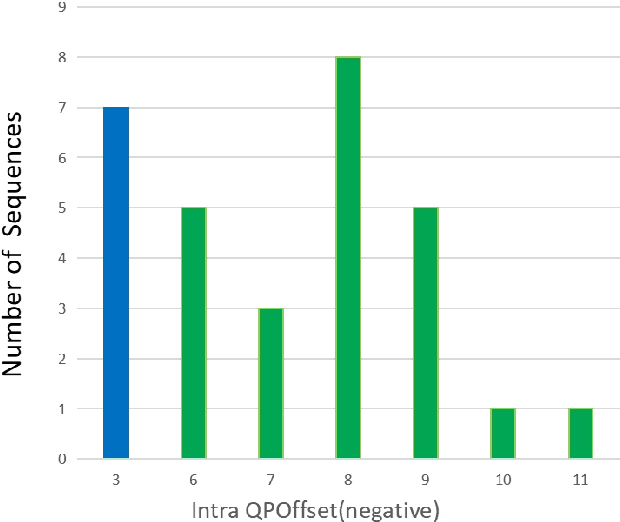


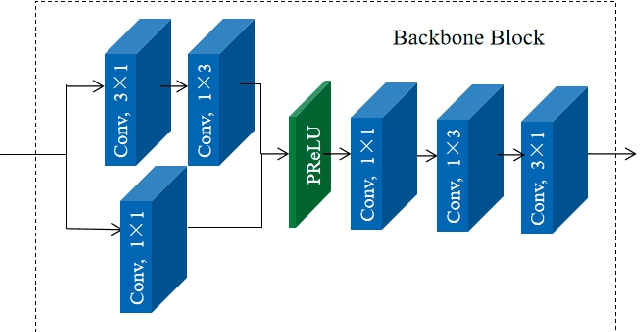
Abstract:This paper presents a video coding scheme that combines traditional optimization methods with deep learning methods based on the Enhanced Compression Model (ECM). In this paper, the traditional optimization methods adaptively adjust the quantization parameter (QP). The key frame QP offset is set according to the video content characteristics, and the coding tree unit (CTU) level QP of all frames is also adjusted according to the spatial-temporal perception information. Block importance mapping technology (BIM) is also introduced, which adjusts the QP according to the block importance. Meanwhile, the deep learning methods propose a convolutional neural network-based loop filter (CNNLF), which is turned on/off based on the rate-distortion optimization at the CTU and frame level. Besides, intra-prediction using neural networks (NN-intra) is proposed to further improve compression quality, where 8 neural networks are used for predicting blocks of different sizes. The experimental results show that compared with ECM-3.0, the proposed traditional methods and adding deep learning methods improve the PSNR by 0.54 dB and 1 dB at 0.05Mbps, respectively; 0.38 dB and 0.71dB at 0.5 Mbps, respectively, which proves the superiority of our method.
 Add to Chrome
Add to Chrome Add to Firefox
Add to Firefox Add to Edge
Add to Edge